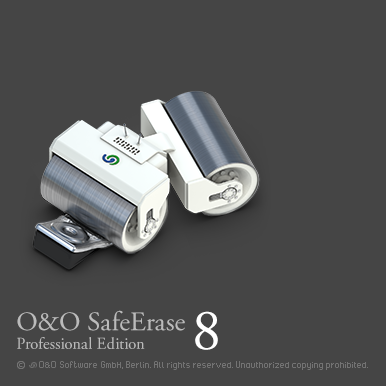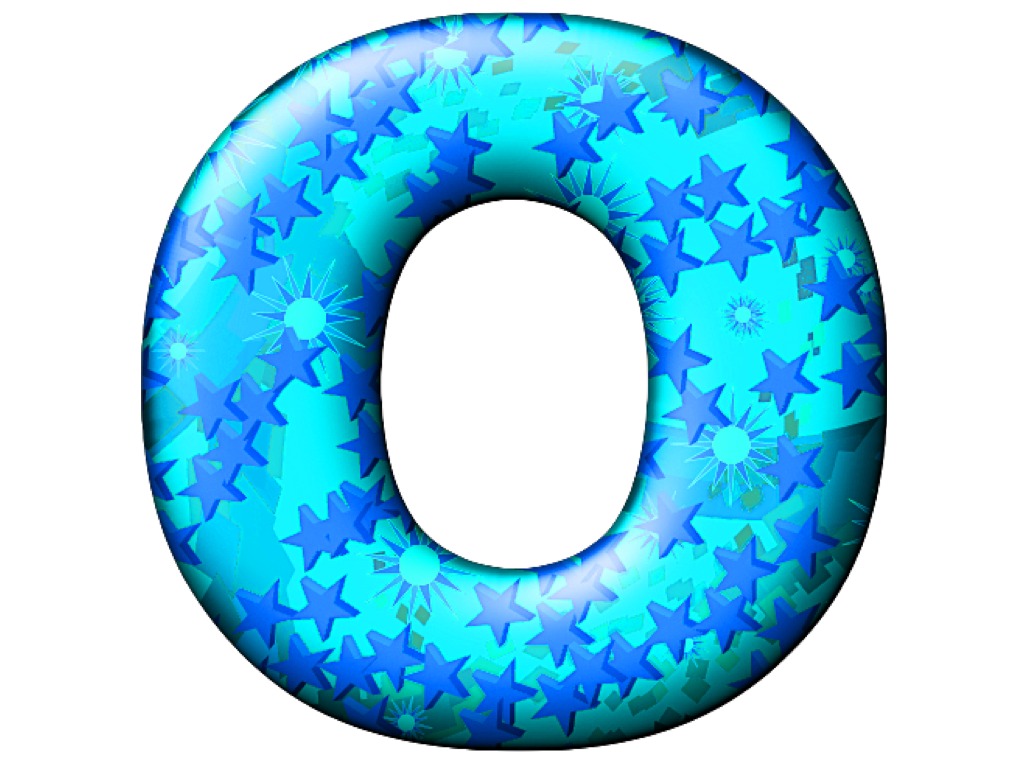

The vowel was previously written with the letter Ö, but in the early 19th century, Otto Wilhelm Masing adopted the letter Õ, ending the confusion between several homographs and clearly showing how to pronounce a word.

In Estonian, Õ is the 27th letter of the alphabet (between W and Ä), and it represents a vowel characteristic of Estonian, the unrounded back vowel /ɤ/, which may be close-mid back, close back, or close-mid central. To this day a unified standardization has not been established. The HTML entity is Õ for Õ and õ for õ.įor Romagnol language, õ is used in some proposed orthographies to represent, e.g. For the distinction between, / / and ⟨ ⟩, see IPA § Brackets and transcription delimiters.

For an introductory guide on IPA symbols, see Help:IPA. This article contains phonetic transcriptions in the International Phonetic Alphabet (IPA).


 0 kommentar(er)
0 kommentar(er)
